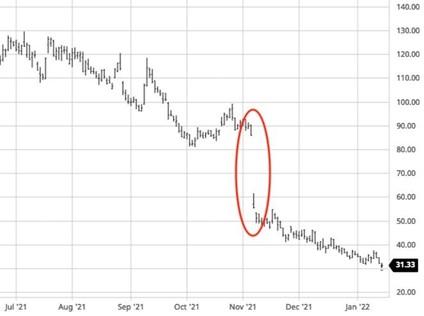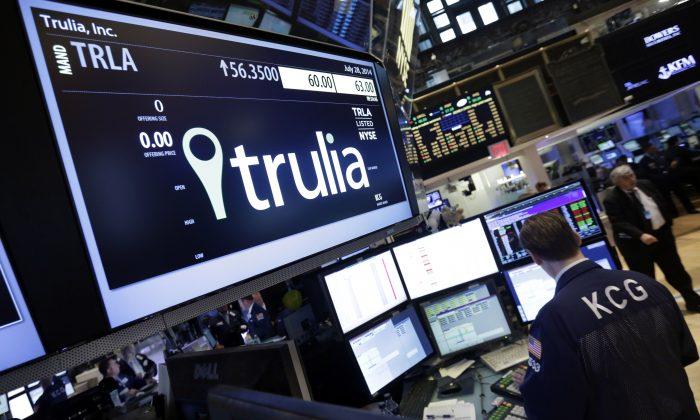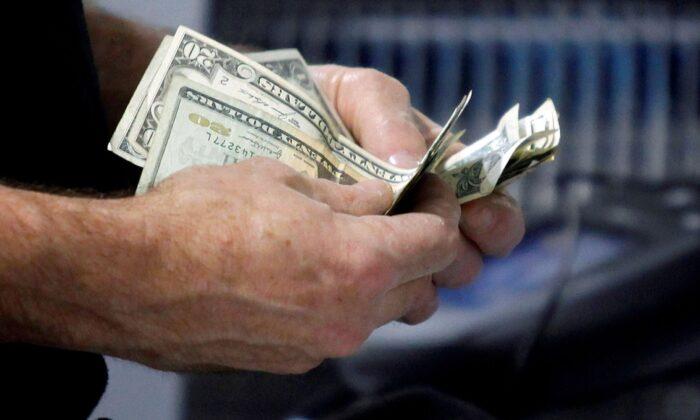In 2019 an upstart in the consumer discretionary sector was getting ready to go public.
In May of that year, it was named to CNBC’s “Disruptor 50” list—a list whose mission is to “identify fast-growing, innovative start-ups on the path to becoming the next generation of great public companies.”
Apparently, it was going places.
In September 2019 it finally launched… and opened $2 below its IPO listing price. From there it gave up 11 percent. But dips on IPOs are to be expected.
Peloton boasted 1.4 million accounts—and with its equipment selling at between $2,000 and $3,000 it looked as though they were on to something.
A Virus Sends a Stock Viral
And then came COVID—and its glorious lockdowns. I’m really not sure what happened to America’s collective consciousness, but when the country got grounded, they decided to stock up on everything they’d need to survive at home alone for the next 10 years.And by the spring of 2020, consumers were buying up Peloton bikes and treadmills like toilet paper.
Peloton went on to become one of the headline pandemic stocks—players like Zoom (ZM) and Teladoc Health (TDOC). It went from a low of $17 in March of 2019 to a high of $171 in January 2021. That’s a “10-bagger”—a 1,000 percent gain! In under two years. They were having problems filling all the orders.
And then the worst thing that could happen to a COVID-19 stock happened—vaccines. And with the vaccines came some (slight) liberation from our self-imposed quarantine.
And Peloton’s run?
Much like the bull market in toilet paper, it ended.
High-Growth Stocks Need to Grow
The trouble with high-growth stocks is that their valuations can get ahead of their actual growth potential. It’s happened before.Today its P/E ratio is roughly 25.
And Peloton? Unfortunately, Peloton was actually a “consumer discretionary” stock—a company that sells big, one-off purchases to households.
Which makes them more bust than boom.
For most of the next year, the company’s stock began giving back some of that 1,000 percent. Finally on November 5, 2021, on a bad forward guidance report, buyers capitulated. The company’s stock gapped open 35 percent lower! And has been headed lower ever since.

So what’s the moral of this story?
And more importantly, since prices have all pulled back as they have, are any of these pandemic stocks—Zoom, Teladoc Health, and Peloton—actual values?
You really need to consider two things.
First is a company’s current addressable market. The second thing is the growth potential of that addressable market. Think about KLA. The market was paying $500 for $1 of earnings when the only thing semiconductors were used for were computers. That was when the market crashed.
Where does that leave our pandemic heroes?
IMHO, Zoom isn’t going anywhere, but with the great outdoors open again and cycling enthusiasts back on the road, it’ll be tough to ever see their old highs again.
But if you think home gym equipment is still a thing, Nautilus Inc. could be worth a look.






Friends Read Free